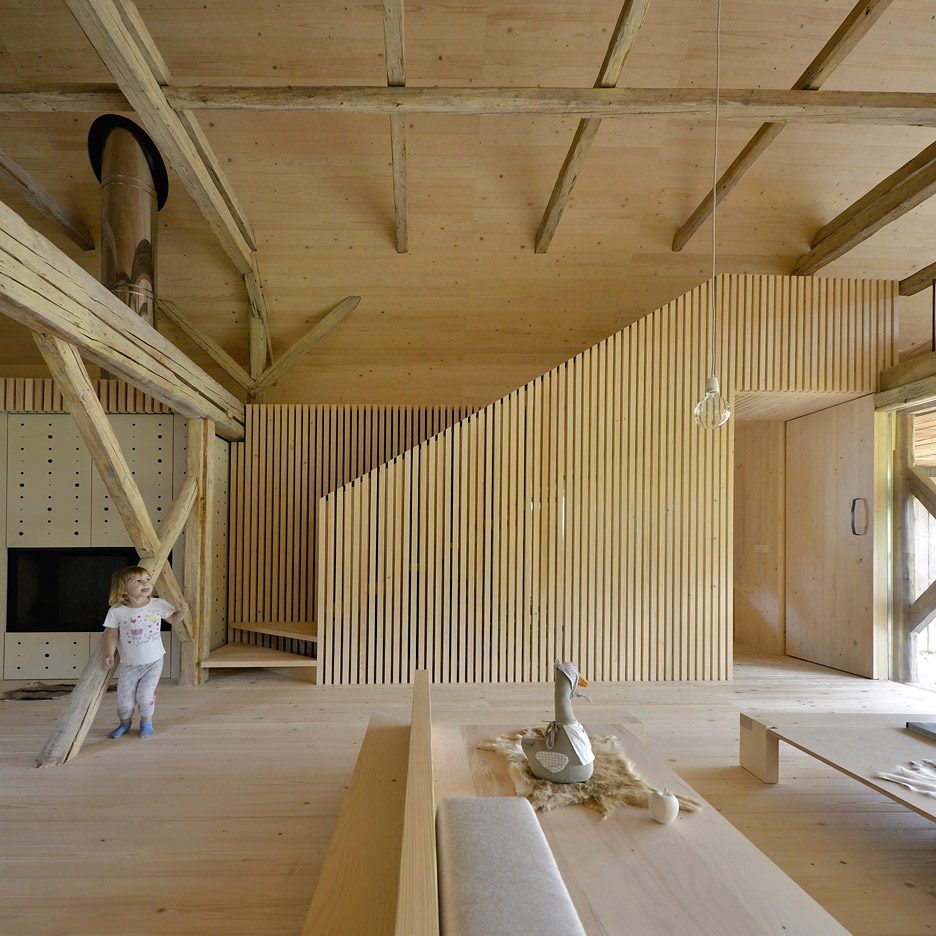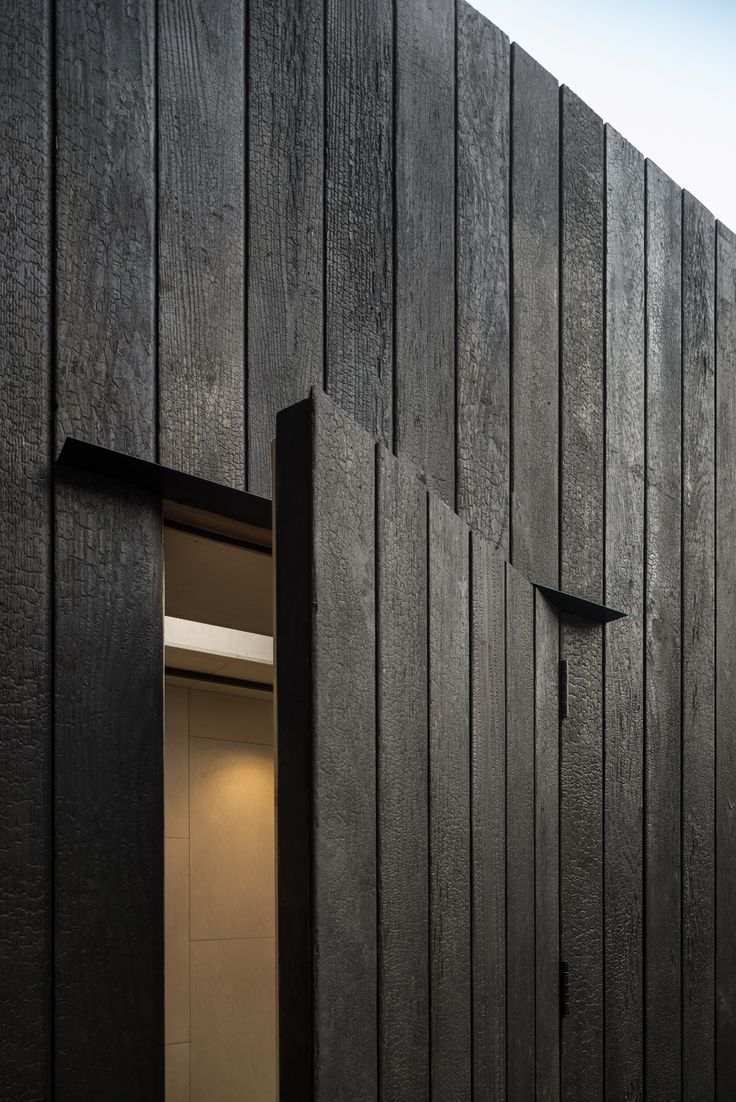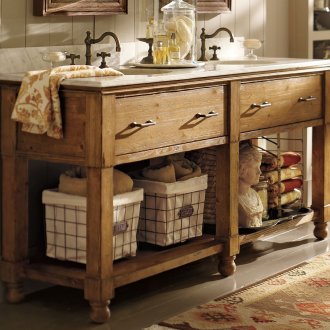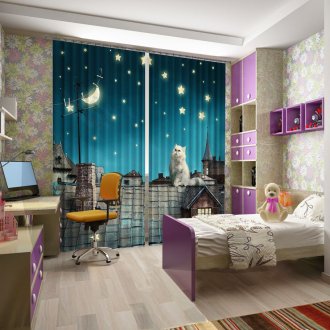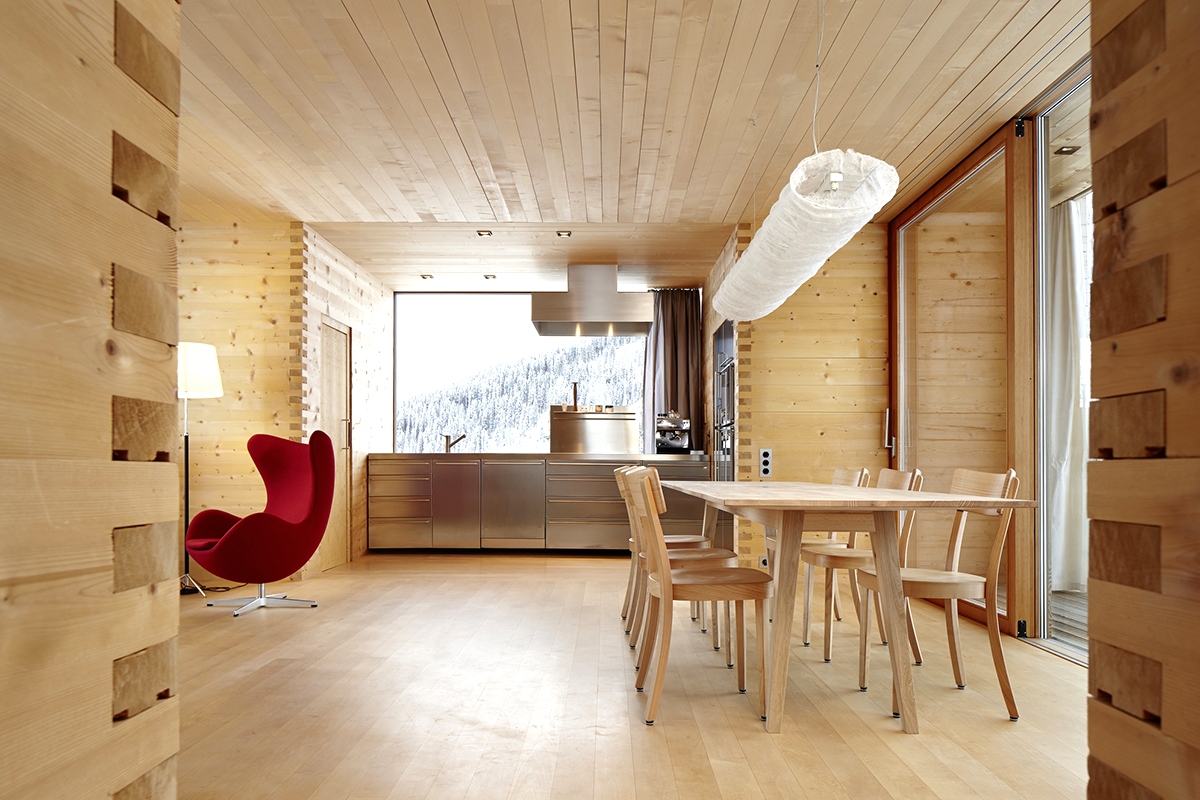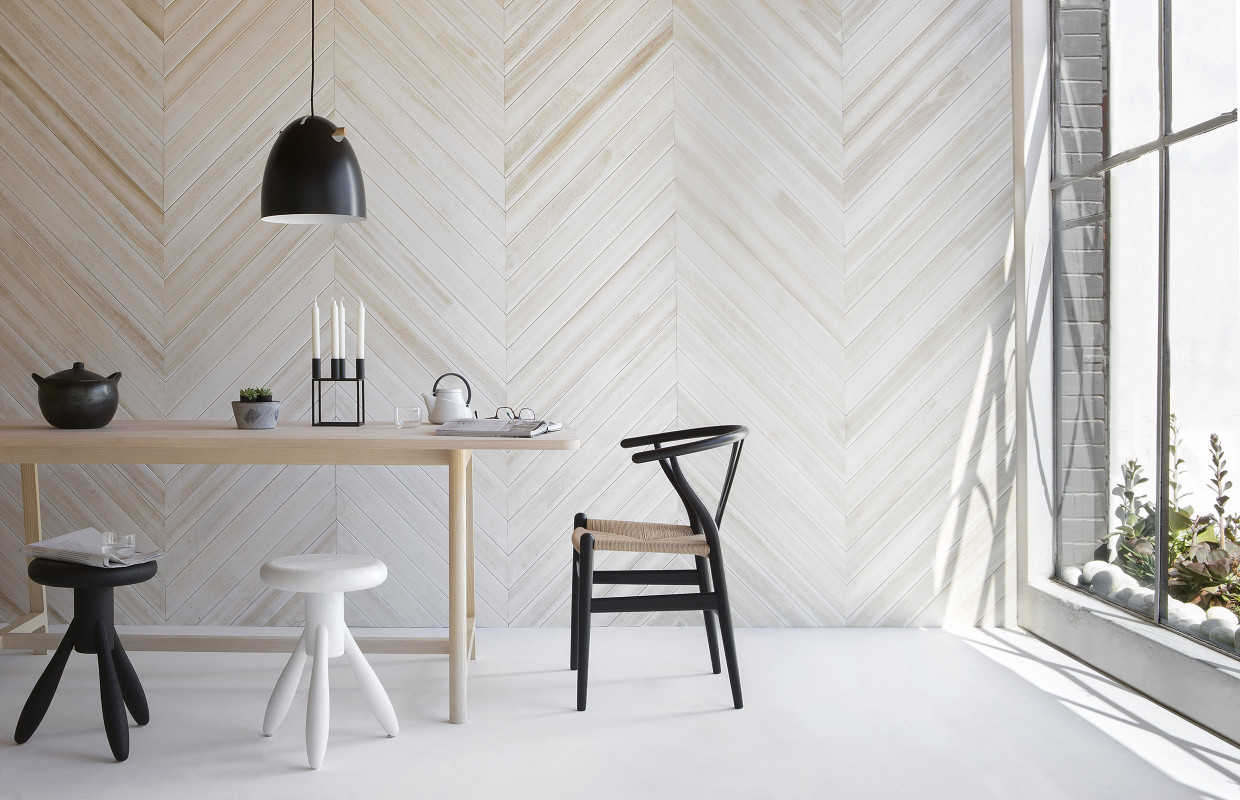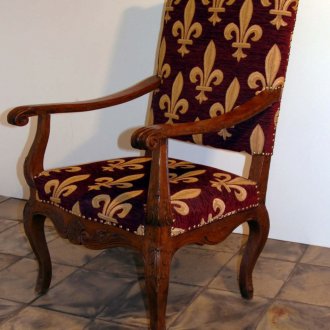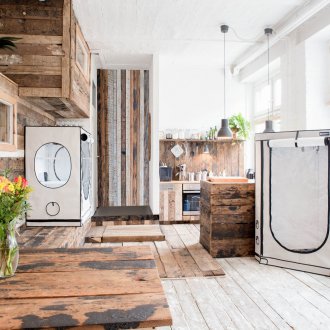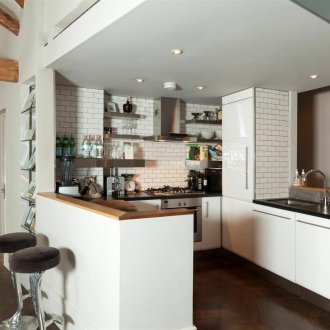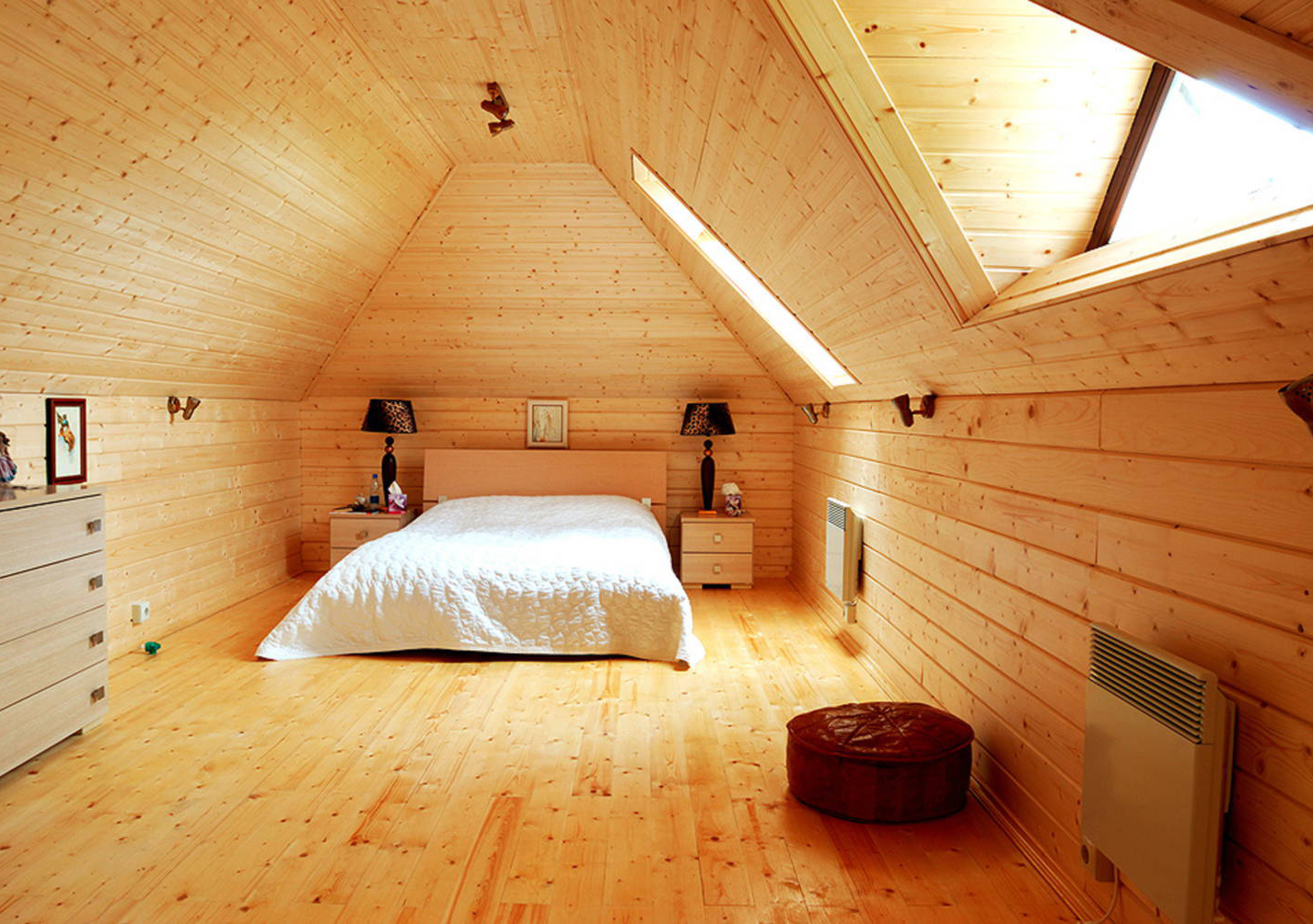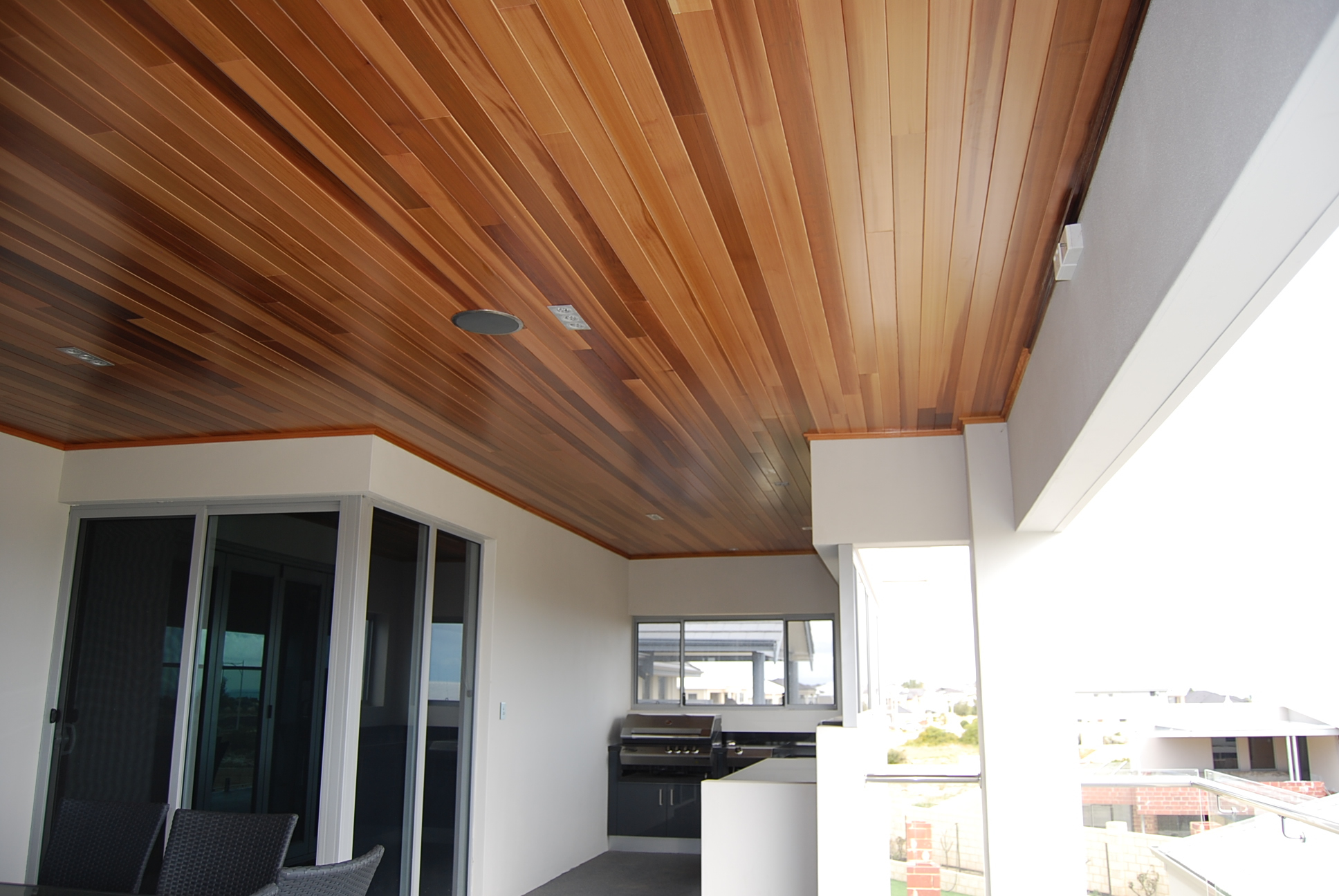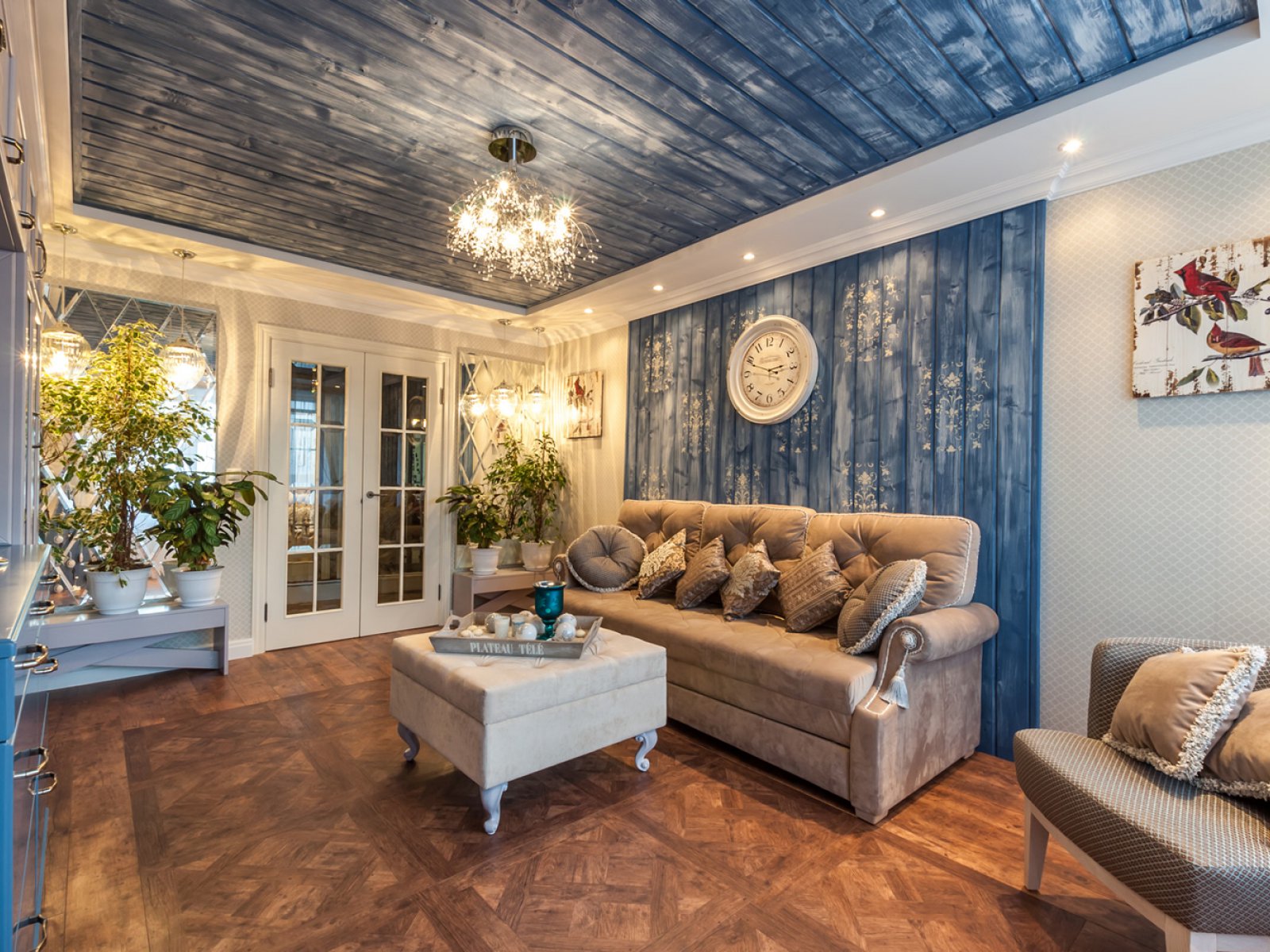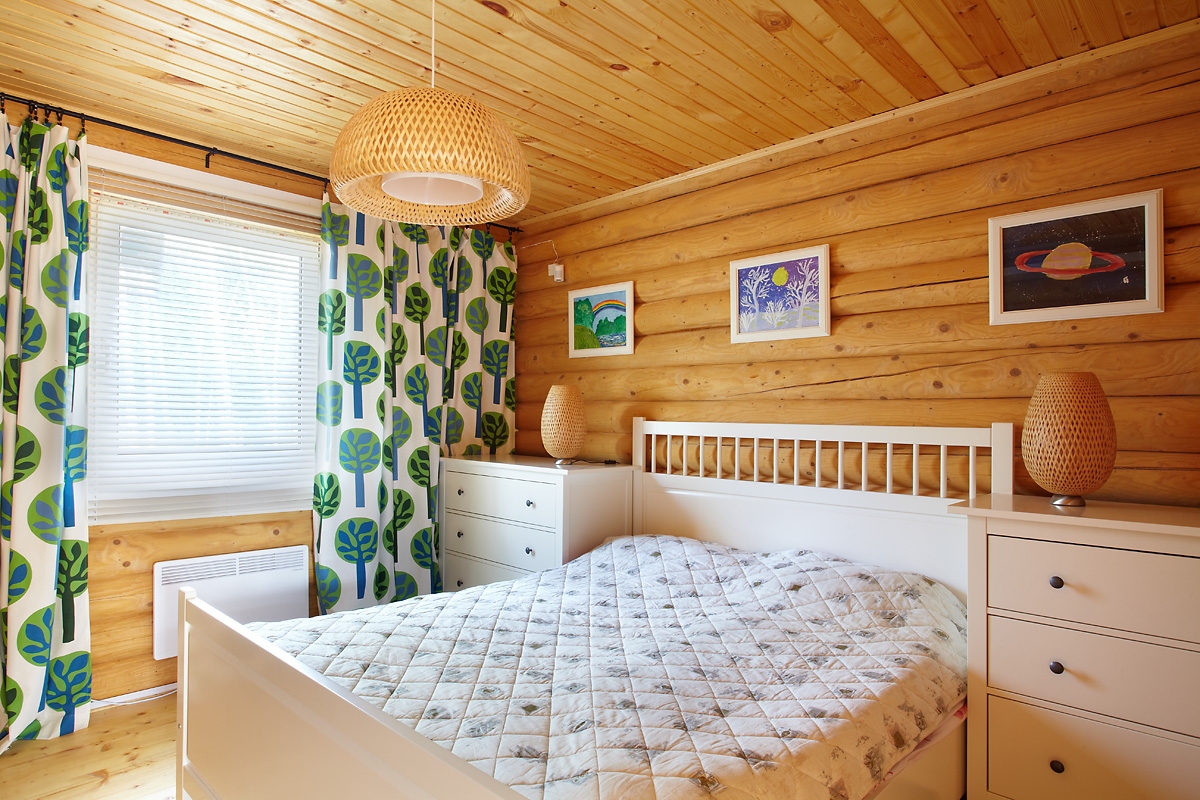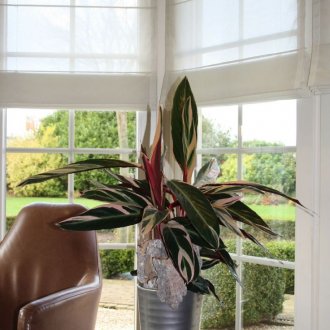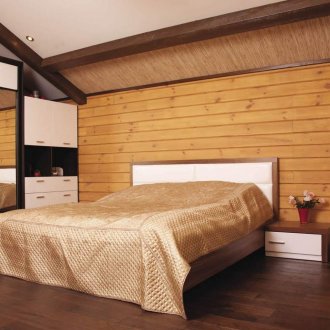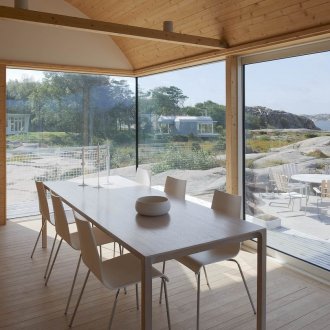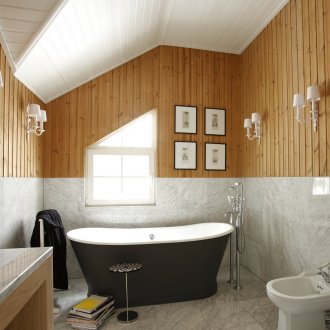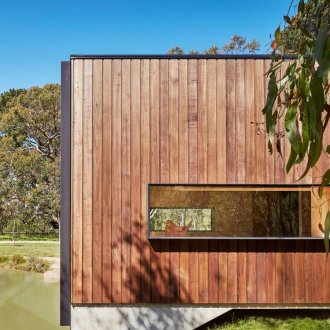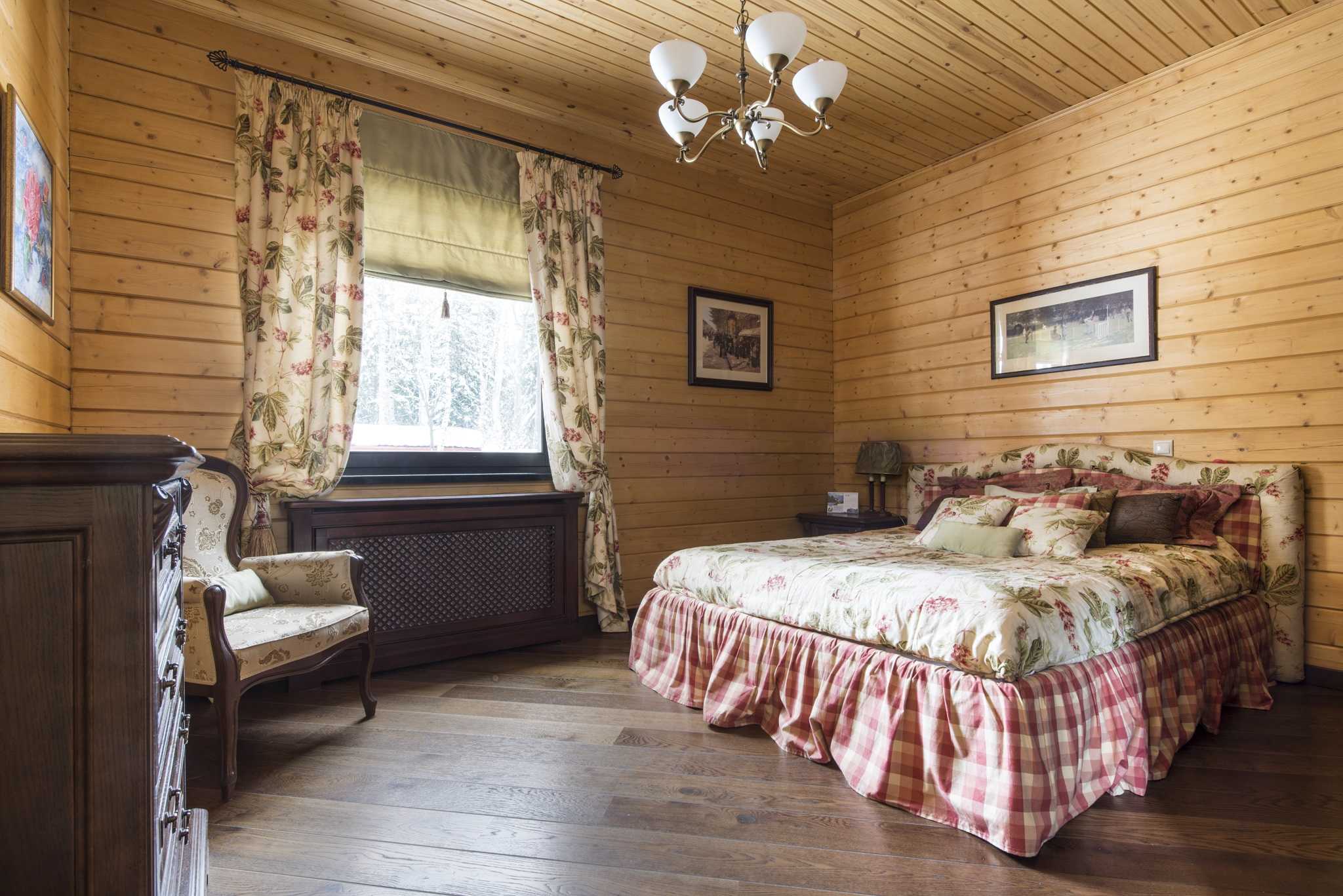Eurolining in an interior: features of facing (23 photos)
Content
Many residents of megacities dream of being in the lap of nature, living in a log cabin, the microclimate of which improves sleep and relieves stress. For most, it is possible to fulfill a cherished desire only on vacation or retirement, but getting closer to your dream is real for everyone. It is enough to pay attention to such finishing material as euro-lining, created from natural wood. It is used for cladding walls and ceilings of residential premises, loggias and balconies, baths and saunas. Applying euro lining in the interior, you can create an amazing microclimate in a regular city apartment with minimal costs.
What is euro lining and what is it made of?
Eurolining - narrow panels from a natural tree, having the installation system "thorn groove". In the manufacture of the following types of wood are used:
- Pine;
- larch;
- spruce;
- aspen;
- alder;
- oak.
The width of the panels can vary from 60 to 120 mm, the thickness is 12.5-16 mm. Installation is carried out on a crate of timber, as a result a perfectly flat surface is formed. Euro lining finish allows you to create a unique interior, as each panel has its own special pattern of wood texture.
Where do you use euro lining?
Traditionally, the lining of euro-lining is used for a bath: a tree does not emit harmful substances when heated, has a good heat capacity. Wall and ceiling are sheathed with this material, and it is recommended to use different types of wood for the steam room and dressing room. Deciduous species of natural wood have a looser structure, therefore, products from them do not heat up very much.
The best material for a steam room is linden euro lining, it has a pleasant yellow-pink color, and under the influence of temperature it emits a unique aroma. The lining of this material does not overheat and does not burn at high temperatures. An alternative to linden, which has a high cost, can be aspen euro-lining, a distinctive feature of which is white color and a weakly pronounced texture.
Coniferous species can be used for the bath only in the relaxation room or dressing room. At high temperatures, the pine lining evolves resin, which adheres to the hair and skin, which creates discomfort. In rooms with a normal temperature, coniferous wood panels can be used everywhere. They have a rich texture, highlight the aroma characteristic of a pine forest, have an affordable price. Such euro-lining for interior decoration is used in offices, lounges, bedrooms, living rooms. It is used to align walls and ceilings, create partitions and niches.
The lining of the balcony with eurolining is very popular, this material is not afraid of temperature changes and high humidity. Natural wood panels have high strength, you can easily hammer a nail or screw in them, which is in demand on balconies and loggias. The lining on the balcony is used for covering the parapet from the inside, walls and ceiling.
For lining works outside the building, lining is used, it easily tolerates not only temperature changes, but also high humidity. It is used for wall cladding of country houses, garden pavilions, arbors.Larch wood has a noble red-brown color and sophisticated texture. In strength, this material is not inferior to oak. The interior decoration of the house can also be done with the help of larch, popular today among European designers.
It can be used for the design of classrooms and libraries of respectable mansions of eurolining from oak, characterized by a flawless appearance.
Actively use natural wood panels in the decoration of restaurants, cafes and bars. The best choice for interior work in these institutions is the alder lining, which attracts with its warm shade and elegant texture. The panels can be used for decoration of bar counters, ceilings and walls of summer terraces, personal offices.
Also, for interior work, they often choose such material as ash lining. The wood of this tree is strong and elastic, it has powerful energy and therefore it is not recommended to use panels in the bedroom.
For many potential buyers, the question is urgent: how to choose a lining without knots? This problem was solved at the stage of panel production: all products undergo a strict selection, for each board its own grade is determined. The main criterion for grading is precisely the number of knots per linear meter. For responsible work, it is customary to use the highest grades, for example, it is better to use “extra” aspen lining for finishing the bath. For facing loggias and balconies, technical rooms, you can choose euro lining 2 and 3 grades.
Installation and maintenance of Eurolining
There are various types of eurolining, but all of them are characterized by the same type of installation due to the presence of the "tongue-groove" system. The panel is attached to the rails using nails driven into the groove or with special clips. The next euro lining is inserted with a spike into the groove, closing the fasteners. As a result, a continuous surface is formed on which there are no traces of nails. Euro lining is laid both horizontally and vertically. To solve complex interior problems, you can use the diagonal installation.
For all types of eurolining, the spike is made with a small ledge, this explains the characteristic appearance of the surface from this material. In some cases, the presence of small grooves complicates the care, so the lining “calm” was developed. It has a short spike and rounded edges, which allows you to create solid, smooth surfaces. Most often sheathe the ceiling of this type of eurolining. The panels with the "calm" profile are also used for finishing the attics, they are chosen by those property owners for whom the standard euro-lining is associated with the decoration of the bath.
Is painting the euro lining required? This question is not of interest only to those who have purchased finishing material for the bath. In all other cases, the problem is relevant, because it is customary to protect wood from adverse environmental effects. The design feature of the euro-lining panel is its unique texture; it is possible to hide it under a paint layer only in two cases:
- it requires interior design;
- you need to hide a large number of large knots.
In all other situations, it is necessary to use transparent varnishes and wax-based oils. They not only possess protective properties, but are also able to make the texture of wood more expressive. Today, even special bath formulations have been developed that do not emit harmful substances at high temperatures.
Eurolining is the most affordable way to make the interior of the room exclusive. At the same time, minimal costs are needed, and any home master who owns the construction level and the hammer can carry out repairs. The panels processed with transparent acrylic varnishes will last at least 15-20 years, creating a unique cosiness and pastoral atmosphere in the house.


